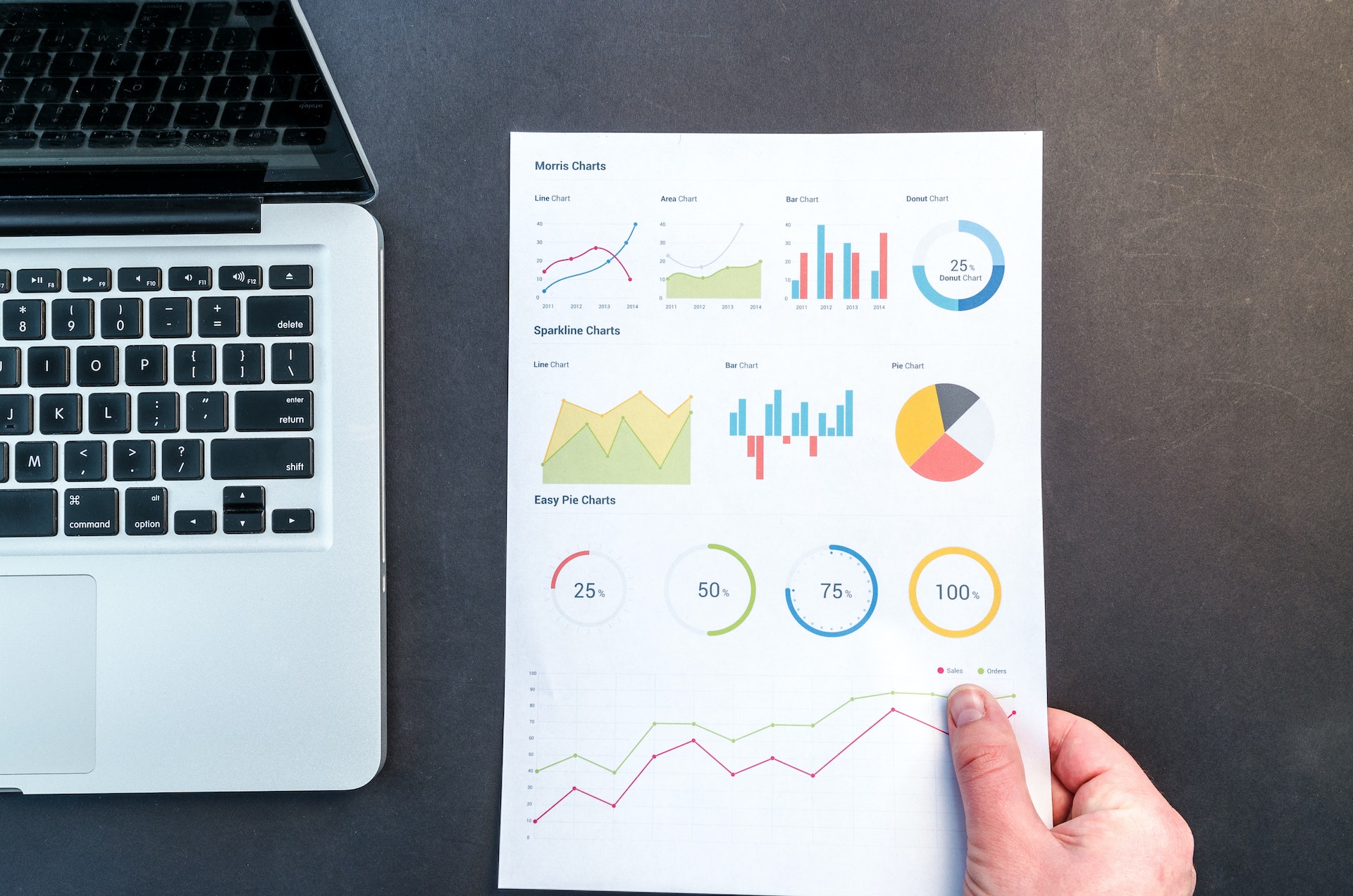Smile! You’ve Got Coupon!
Retailers are perpetually coerced to survive only on economies of scale and thin margins. This blog post highlights how retail organizations can use Big Data and Analytics to catapult their digital marketing initiatives to a whole new level.
The novelty and excitement of Big Data have embraced one and many – especially retail organizations. They are always fighting for that extra edge over their competitors for targeted sales. Razor thin margins, cost effective delivery, item perishability, etc. just add more challenges to the mix. One of the dreams of every marketing manager, or for that matter the store manager, is to achieve the 4P nirvana. i.e., To make the right product available with the right promotion at the right place and for a right price.
Guess what? With the help of smart data management and analytics, this dream may finally become a reality. Select vendors are testing in store physical retailing using digital advertising. Moreover, this is right at the very moment when a client is in the middle of his or her shopping experience. Using a combination of product identification (through RFID and advanced 2D scanning), a slick in-store media network and a practical implementation of location based tracking, retailers are getting closer to deliver highly personalized content to their myriad in-store shoppers.
So, how does this work?
The concept behind digital marketing is very simple. Moreover, this means to understand your client at their moment of decision and offer them discounts and deals based on what they are looking for. In addition, this should right there, as they are filling their shopping cart. So for a shopper, let’s say a mother of middle-aged kids visiting her local department store looking for high-velocity items, such as bread, milk or veggies, can be profiled based on two key factors – what she traditionally shops (historical behavior) and her movement inside the store indicating what she is currently scouting for.
Based on an advance data analytics engine running behind the scenes, brand marketers can target her with specific coupons, offers, discounts, pertinent to her needs. All she would then need to do is to go to her nearest digital display, touch a button and get the discount added to her shopping card right there and then, with no fumbling of paper coupons or any other jugglery required. The targeted content would completely change as she is shopping for low-velocity items, such as detergents or house supplies, although the concept would remain the same. This targeted digital marketing can completely change for a different customer profile. For example, an elderly couple is looking for their weekly supplies, or a teenager rushing through the store to buy a relatively cheap priced brand.
The possibilities out of these are endless and have got both the retailers and the brand manufacturers excited. Not only does this method provide a more focused, targeted approach towards marketing, but it also significantly increases brand loyalty and customer confidence. The icing on the cake is the amount of rich, valuable big data captured throughout the movement of the shopper through the store. This is by providing valuable insights into customer’s psyche based on their profile and buying patterns.
The next obvious question is how can this be implemented?
As everything in the digital world: this is easier said than done. To start with, there needs to be specialized infrastructure in place. A digital planogram for the store needs to be mapped through specialized software. A specialized tracking hardware needs to be installed in the store, and a slick media network that can render specialized content (coupons, deals, promotions) to the interested customer. Also, the ISP (in store processor) in the retail backrooms need to be robust enough to capture the high volume of data. Therefore, this data needs to be captured through the back-and-forth motion of the shopper’s cart. However, most of the complexity and costs required to install this is one-time and fixed! However, the rewards more than justify the means! Even the historical, non-real-time value of this data is of
tremendous value. Big data captured by the RFID sensors is a treasure trove to be stored and mined over relatively long periods of time. This will also help to understand the demographics and buying patterns relevant to that store, and possibly to that region.
Aptus Data Labs is one such company which can provide a strong engine to mine this data. Leveraging its best-in-class proprietary D2D (Data to Decision) framework and a specialized team of data scientists, engineers and data modelers, Aptus Data develops interactive analytics embedded dashboards to showcase and monitor hundreds of KPIs in the Inside Stores, Procurement, SKUs, Sales or Placement cycles.
Welcome to the new world – where physical retailing meets digital marketing!











